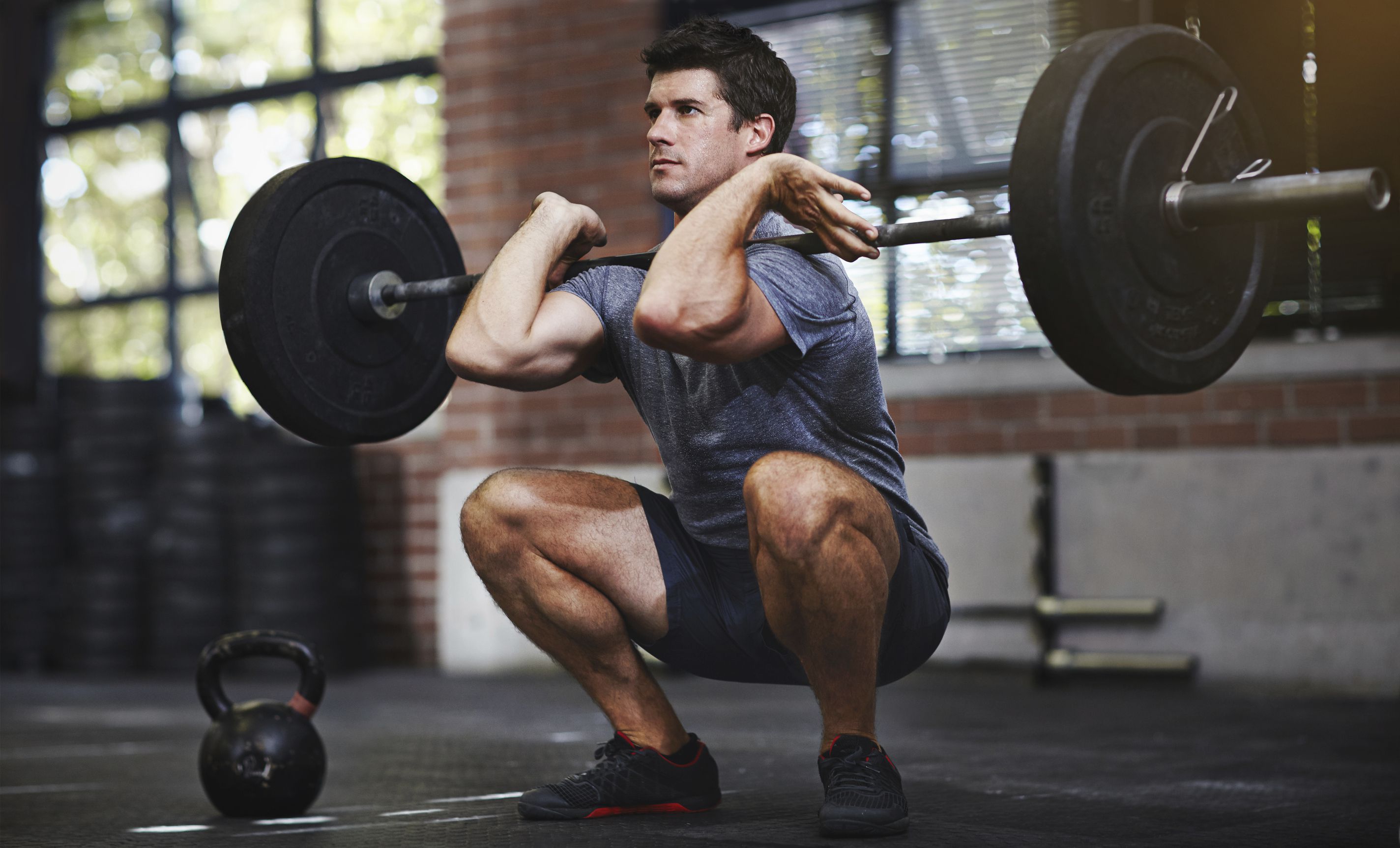When working with athletes of all ages and abilities, strength and conditioning coaching can be very simple. The science that underpins S&C is far from simple. However, one of the key jobs of an experienced sports conditioning coach in Ascot is to simplify the science. One of the best examples is the squat. This movement, performed well, relates to so many aspects of sports strength and conditioning. Here we highlight how and why many things need to look like a squat.
The Squat
Amongst qualified fitness professionals and experienced strength and conditioning coaches this can be a contentious issue in itself. What is the correct technique and perfect squat form. You can tie yourself in knots down this rabbit hole alone! Discussing perfect squat technique is beyond the scope and point of this blog. For detailed discussions and more information head to Squat University as a starting point.
Every athlete is different. Limb lengths, joint mobility, muscle mass, body type and centre of gravity are all variables that mean no two athletes squat the same. We see young footballer players hitting the growth spurt that have disproportionately long legs. Female athletes that are hyper mobile and experience a lot of low back hyperextension during squat movements. Martial artists who are upper body dominant and rugby players with dominant quads and relatively weak glutes.
With all of these potential differences one of the first things that we do as experienced sports conditioning coaches in Ascot is screen an athletes squat technique. For the purpose of this article we look for:
- Feet approximately shoulder width apart
- Even weight distribution across left and right feet, forefoot and heels
- If using a barbell, grip nice and close
- Chest high and torso relatively upright during the lift (influenced by bar position)
- Knees as wide, or wider, than feet when performing the movement
What should look like a squat?
So why is the squat shape so important? Many athletes across many different sports run and jump. They take off and land. They start and they stop. When they perform these movements they are on their feet. Sometimes two, like scrummaging in rugby and jumping in volleyball. Sometimes one, such as cutting in netball and football. Simply put, a lot of sports movements replicate squatting and variations of the squat.
If we take the basic barbell back squat body shape and movement patterns as a start point. This position is where we are able to produce high levels of force to lift heavy loads. If this body position is deemed most effective for enabling high force output then it is highly likely to be effective at producing powerful movements. The forces produced during explosive take offs in sport are also high. Therefore it makes intuitive sense to adopt ‘high force producing’ squat positions during sports movements. if it works for a heavy squat then it can work for a jump, sprint start or change of direction.
Stopping is just as important as starting
Many sports involve some form or stop or deceleration. Squat movements in training are very effective at providing the strength for deceleration and stopping. Being able to arrive in balance is so important to high level sports performance. Muscles can produce their highest forces when lengthening, this is where good squat strength comes into play. The stops in sport should look like the downward pahse of a squat.
Now it’s important to realise that sporting movements dont always replicate the full ranges involved in squats. Often the level of hip and knee flexion is reduced according to the speed of the movement being performed. But what we say to athletes is if we were to take a snap shot of their plyometrics and movement drills is should resemble some part of the squat movement.
